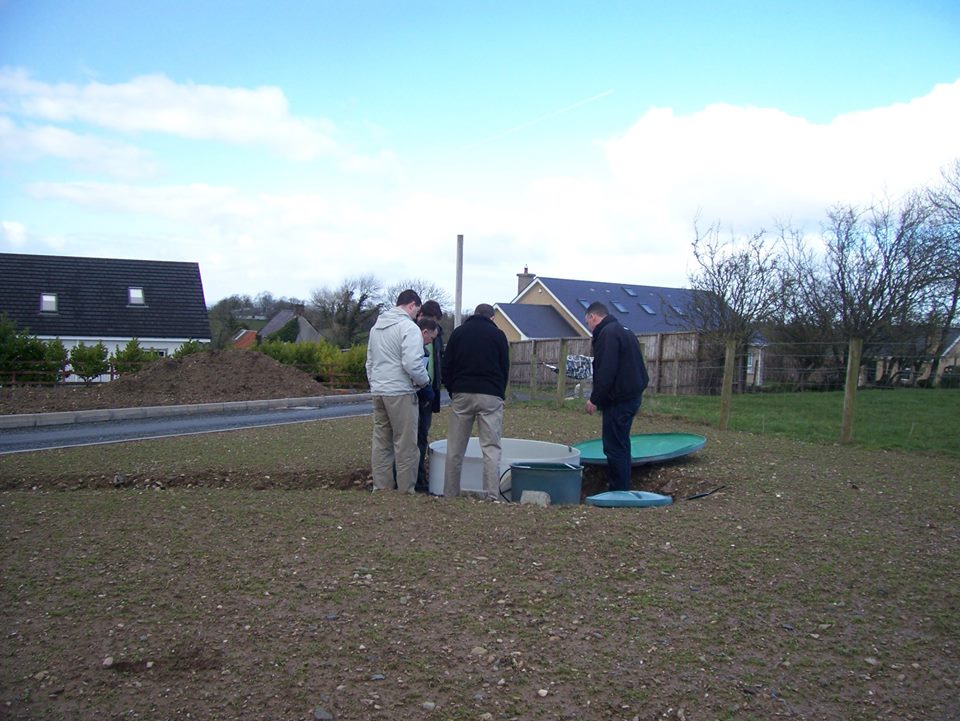Monaghan County Council Housing Officials Praise Zero Carbon House
The future of house building in Ireland was up for discussion this week as a group of housing officials from Monaghan County Council visited the zero carbon home which was accredited by the Government.
The built environment senior team , travelled to Middletown to see how greener technologies can be used to address issues such as fuel poverty – an issue which is becoming more prevalent in Northern Ireland.
Describing the 3,100 sq ft showhouse as “an exemplary concept” which could stamp out fuel poverty for privately owned homeowners and for social housing.
Per annum, energy bills for the zero carbon house amount to approximately £300 – an amount which many oil burning homeowners could use in a number of weeks during a cold snap.
John McClatchey spokesperson and director for Green Future Homes was delighted to welcome Monaghan County Council officials.
He said: “This house was the first house in Northern Ireland which has been accredited by the Government and was relieved of rates because of its energy efficiencies. It has received support from other leading politicians, north and south of the border, universities and colleges, social housing associations and other government organisations.
“This is the way homes should be built. We have just had a very long winter and there are people in Northern Ireland who suffer from fuel poverty. People are choosing to either heat their homes or eat. This is a worrying development. These future-proof performance homes help eradicate fuel poverty.
“We are continually getting more and more support for our zero carbon initiative. This is the future of house building in Northern Ireland. People are fed up paying huge energy bills when it is completely unnecessary. The more energy efficient your house is, the less money you have to pay out on oil, gas or electricity. Our homes don't use oil or gas and produce at least as much energy as they use, for the homeowner this means direct savings and you can even sell unused electricity back to the Grid and receive payments from your electricity provider. It is that simple.”



